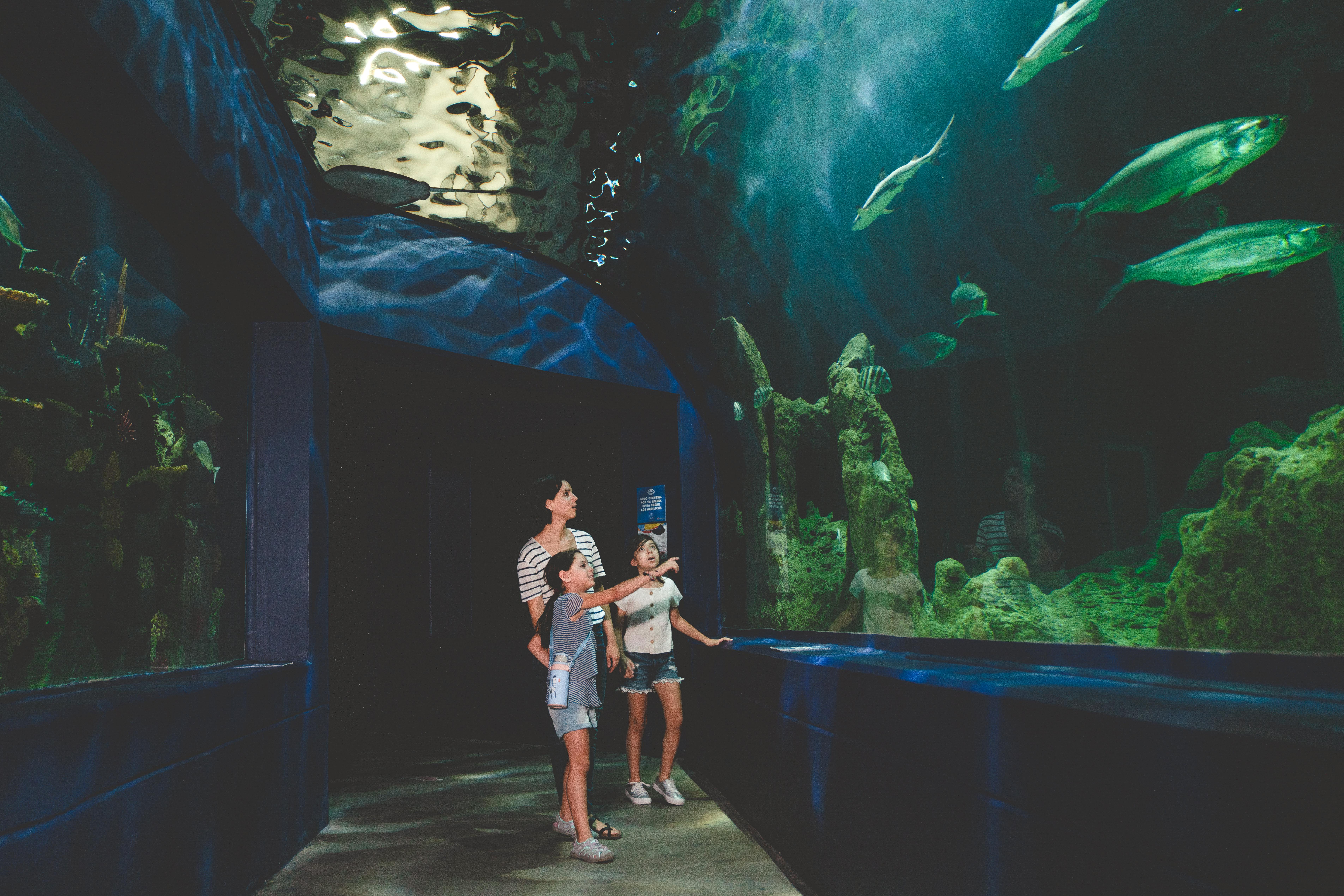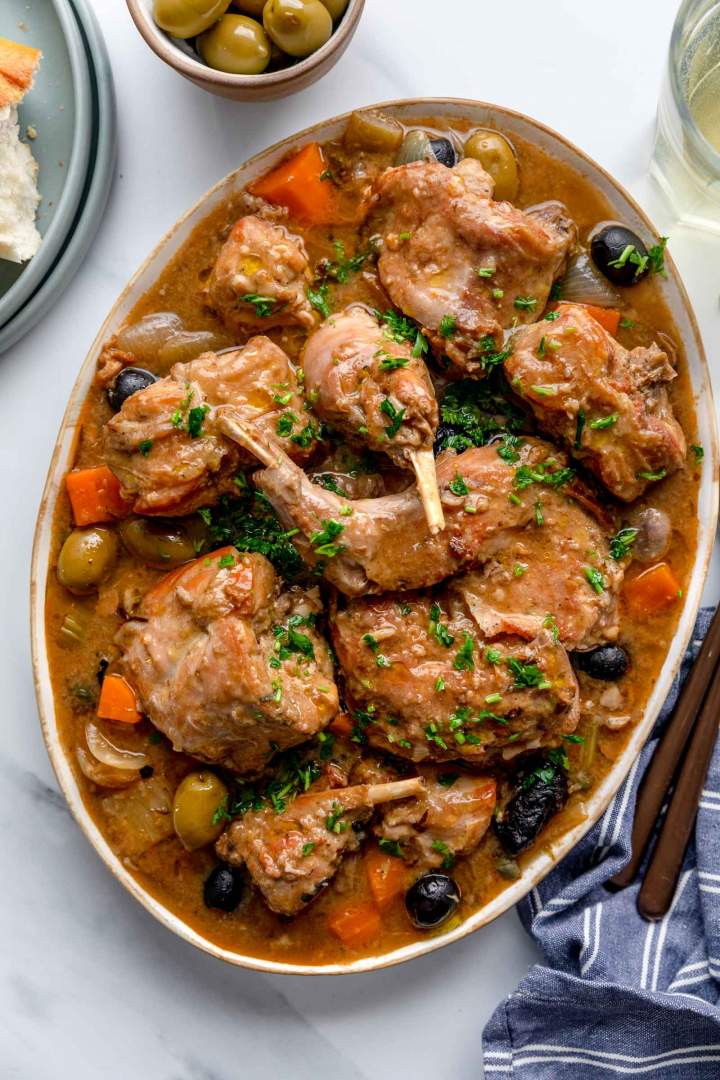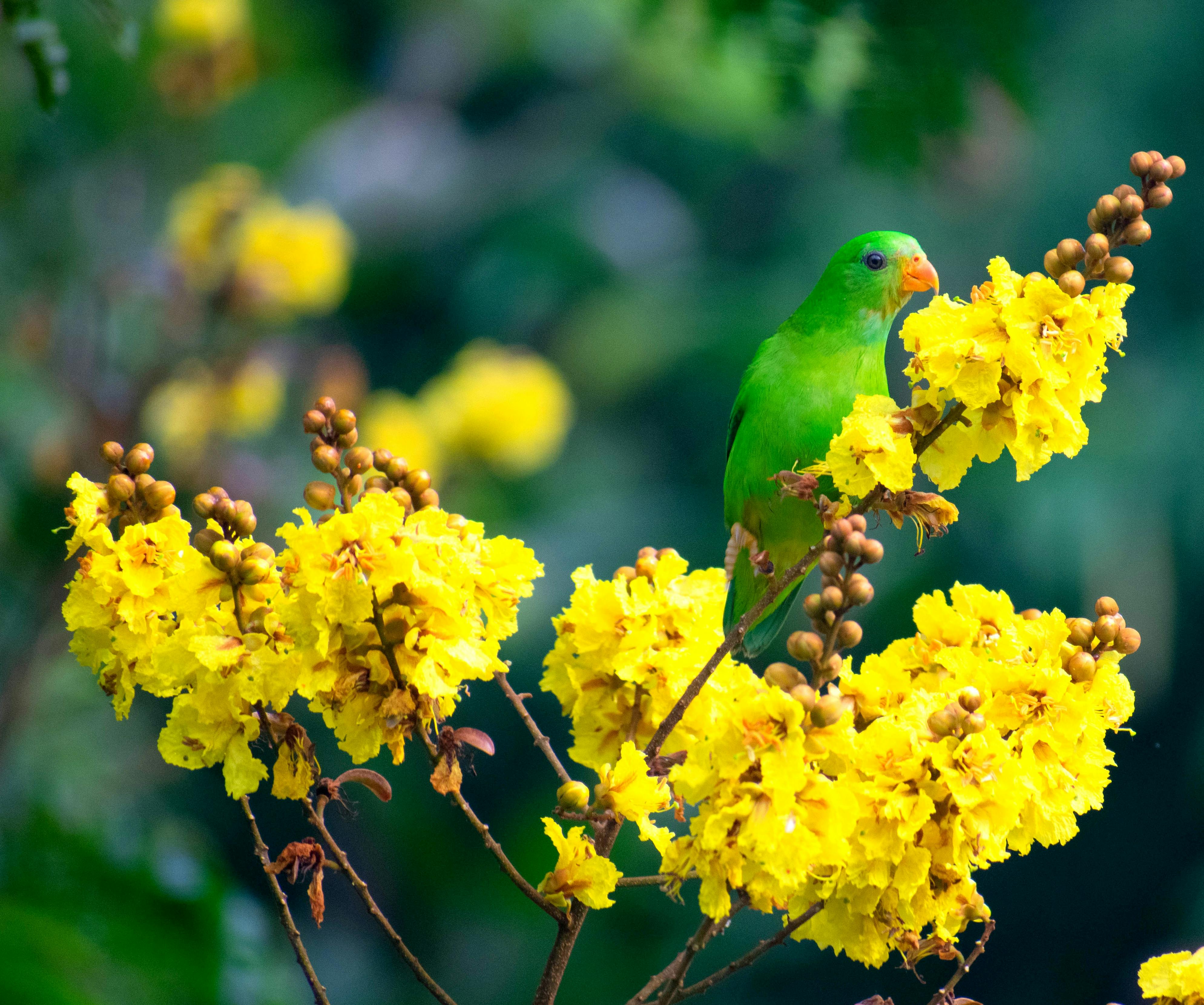
Practical Ways to Care for Your Parrot Cichlid in 2025: Discover Expert Tips
Parrot cichlids are captivating freshwater aquarium fish known for their vibrant colors and unique shapes, making them a popular choice among aquarists. Their energetic behavior and engaging personalities can add life to any tropical fish tank. However, ensuring their well-being requires proper knowledge about their care, habitat requirements, and dietary preferences. As a parrot cichlid owner, you want to provide an optimal environment that mimics their natural habitat, allowing them to thrive. This article aims to equip you with expert tips on parrot cichlid care, including tank setup, feeding habits, and social behaviors.
Along with practical care tips, you will learn about essential aspects such as their compatibility with tank mates, breeding strategies, and common health issues associated with parrot cichlids. By the end of this article, you will have a comprehensive understanding of how to maintain a healthy, vibrant aquarium environment for your cichlids. Let's dive into the essentials of parrot cichlid care for 2025!

Essential Guide to Setting Up a Parrot Cichlid Tank
Your parrot cichlid’s tank setup provides the foundation for a healthy environment. Creating a space that mimics their native habitat is vital for their well-being and behavior. Begin with a tank that provides ample space for swimming and exploration, as parrot cichlids can grow quite large, typically reaching a size of 8 to 12 inches. A tank of at least 30 gallons is recommended to give them room to thrive.
Choosing the Right Tank Size and Shape
When selecting your parrot cichlid aquarium, consider the tank size and shape that suits their swimming patterns. A longer tank is preferred over a taller one, as parrot cichlids enjoy swimming horizontally. A minimum of 30-55 gallons is suggested for a single adult, but larger tanks are better if you plan to keep more than one fish. In addition to space, ensure that the aquarium is well-sealed, as parrot cichlids can be quite active and may jump out if startled.
Optimal Water Conditions for Parrot Cichlids
Maintaining the right water conditions is essential for the health of your parrot cichlid. They thrive in slightly acidic to neutral water (pH 6.5-7.5) and prefer temperatures of 76-82°F. Regularly testing your water quality is crucial. Use a reliable water testing kit to monitor parameters like ammonia, nitrate, and nitrite levels. Frequent water changes—approximately 25% weekly—are important to keep the environment clean and healthy.
Aquascaping with Plants and Decorations
Adding decor and aquatic plants can create a stimulating environment for your parrot cichlid. Use decorations that provide hiding spots and territories, as this species can exhibit territorial behavior, especially during breeding. Safe aquatic plants for parrot cichlid tanks include hornwort and java fern. Be cautious with sharp decorations, as they can injure the fish. Smoother surfaces are preferred to prevent any accidental injuries.
Filtration and Lighting Requirements
Proper filtration is critical for maintaining water quality in a parrot cichlid aquarium. A strong filtration system will help manage waste and keep the water clean. Consider using a canister filter or a high-capacity hang-on-back filter to ensure efficient filtration. Regarding lighting, parrot cichlids do well in moderate lighting for 10-12 hours daily. Incorporate LED lights, which enhance color visibility and can create a visually appealing environment.
Monitoring Temperature and Water Quality
Using a reliable aquarium heater is essential to keep the water temperature stable. Sudden fluctuations can stress your parrot cichlid, leading to health issues. Regularly monitor water quality using a thermometer, and remember to treat the water with a dechlorinator before adding any new fish or performing water changes. Consistent water parameters will promote a thriving tank environment.
With these fundamentals established, let’s explore how to create a nutrient-rich, balanced diet for your parrot cichlid.
Comprehensive Guide to Parrot Cichlid Diet and Feeding
Understanding the dietary needs of your parrot cichlid is vital for optimal health, growth, and bright coloration. These cichlids are omnivorous and require a balanced diet rich in protein, vegetables, and carbohydrates. Feeding your parrot cichlid the right foods will ensure they thrive and have a long lifespan.
Best Foods for Parrot Cichlids
Start with high-quality commercial pellets formulated for cichlids, which will provide the necessary nutrients for growth. Supplement their diet with a variety of foods, including frozen or live foods like brine shrimp and bloodworms, to mimic their natural feeding behavior. Incorporating vegetables, such as blanched zucchini or spinach, can enhance their diet and provide essential vitamins.
Feeding Schedules and Portion Control
Establishing a consistent feeding schedule will help regulate your parrot cichlid's diet. Feed them 1-2 times per day, offering only what they can consume in 2-3 minutes to prevent overfeeding and maintain water quality. Overfeeding can lead to health problems, including obesity and digestive issues.
Signs of a Healthy Diet
A healthy parrot cichlid will have vibrant coloring, clear eyes, and active movement. Regular monitoring of their body condition can indicate whether they are receiving adequate nutrition. If your fish becomes lethargic or shows signs of weight loss, it may be necessary to revisit their diet and feeding practices.
Common Dietary Mistakes to Avoid
It's essential to avoid over-reliance on one type of food, as this could lead to nutritional deficiencies. Additionally, avoid feeding your cichlid solely dry pellets without any variety. Not incorporating fresh produce or occasional treats may hinder their health. Lastly, refrain from feeding them human food, as this can lead to digestive distress.
Supplementing with Vitamins and Minerals
Occasionally, vitamins or supplements formulated for cichlids can be beneficial, especially during breeding or recovery periods. Discuss with your local aquarium store or veterinarian regarding the best supplement options to boost their diet and support overall health.
With proper dietary habits in place, it's equally important to understand the social dynamics of parrot cichlids and their interactions with other fish. Let’s dive into parrot cichlid tank mates and compatibility.
Identifying Suitable Parrot Cichlid Tank Mates
Choosing the right tank mates for your parrot cichlid can significantly affect their behavior and the harmony of your aquarium. Parrot cichlids often exhibit territorial tendencies, especially during breeding, so selecting compatible species is crucial for a peaceful community tank.
Compatibility Chart for Parrot Cichlid Tank Mates
Parrot cichlids are best housed with fish that can withstand their semi-aggressive nature. Ideal tank mates include robust species such as larger tetras, rainbow fish, and other non-aggressive cichlids. Avoid placing them with smaller fish or overly aggressive species, as this can lead to stress or bullying. Utilize a cichlid compatibility chart to help identify which species work best in combination.
Observing Behavioral Dynamics in the Tank
Monitor interactions among tank mates closely. Parrot cichlids can show aggression, particularly in smaller spaces or during breeding. Provide plenty of hiding spots and territories using decorations to minimize stress and encourage a balanced environment. Understanding their social behaviors will aid in selecting appropriate companions.
Creating a Balanced Community Tank
A thriving community tank requires balancing personalities. Integrating species with similar temperaments can help. Introduce new fish gradually, allowing all inhabitants to acclimate. If aggression arises, consider reevaluating tank mates or rearranging the setup to disrupt established territories.
Temperature and Environmental Requirements
All species in the tank should have compatible temperature and pH preferences. Ensure that the tank conditions align with the needs of your chosen tank mates. Parrot cichlids thrive in water temperatures ranging from 76-82°F, with a pH between 6.5-7.5, making it necessary to keep these parameters in mind while selecting tank mates.
Managing Breeding Behavior
During the breeding season, parrot cichlids can become more aggressive and territorial. If breeding occurs, it is essential to provide additional space and hiding spots for peace. In community tanks, it may be best to separate breeding pairs to prevent conflicts with other fish.
Now that you have a better understanding of compatible tank mates for your parrot cichlid, let’s discuss essential care tips for maintaining a healthy aquarium environment.
Professional Tips for Maintaining Parrot Cichlid Health
Ensuring the health of your parrot cichlid involves proactive measures and regular monitoring. A combination of proper care routines, disease prevention, and awareness of common health issues can go a long way in keeping your parrot cichlid thriving.
Regular Aquarium Maintenance Routine
Establishing a consistent maintenance schedule is vital for a healthy aquarium. Performing weekly water tests and partial water changes are keys to maintaining water quality. Clean the tank's substrate and decorations to remove debris without stressing the fish. A clean environment reduces stress and promotes healthy behaviors.
Signs of Common Health Issues
Be vigilant in observing for signs of common health problems, such as white spots (ich), fin rot, or lethargy. Regularly inspecting your fish for unusual behavior, discoloration, or changes in appetite can help you catch illnesses early. Quick intervention can prevent severe issues or fatalities.
Preventative Health Care Strategies
Preventing health issues is more effective than treating them. Ensure your parrot cichlid receives a balanced diet, maintains stable water conditions, and is not overcrowded. Quarantining new fish before introducing them to the main tank can also significantly reduce disease transmission.
Expert Recommendations for Disease Treatment
If your parrot cichlid shows signs of illness, it's crucial to act quickly. Research specific treatment options or consult a veterinarian who specializes in fish. Maintain the stability of the tank environment and remove any affected fish to prevent spreading diseases.
Long-Term Health Monitoring
Regularly documenting your parrot cichlid’s health progress can prove beneficial. Keep a journal listing water conditions, feeding schedules, and any observed behavioral changes. This ongoing evaluation allows you to spot patterns or changes that may indicate illness, enabling informed decisions for their welfare.
With these health tips in mind, let’s delve into the fascinating aspects of parrot cichlid breeding and their unique behavioral characteristics.
Exploring Parrot Cichlid Breeding Behavior and Care
Breeding parrot cichlids can be a rewarding experience, yet it demands specific knowledge and commitment. Understanding their breeding cycle, preferred conditions, and fry care can help ensure success.
The Breeding Process of Parrot Cichlids
To initiate breeding, it's essential to pair healthy male and female parrot cichlids. Typically, a breeding pair will exhibit intensified colors and increased activity. Providing a breeding tank with optimal conditions, including a flat surface or cave for egg laying, can encourage spawning behavior.
Optimal Conditions for Breeding
Successful breeding requires maintaining proper water conditions. Keep the temperature steady, ideally above 80°F, and ensure good water quality. A high protein diet during this period will help prepare the parents for spawning. Cleaning the breeding tank thoroughly before introduction can also enhance the success of breeding.
Caring for Parrot Cichlid Fry
After spawning, parrot cichlid fry are fragile and require special care. Upon hatching, ensure the fry have access to fine, nutritious foods such as powdered fry food. Consider having a separate tank for the fry to minimize stress and aggression from adults. Maintain stable water conditions and monitor their progress as they grow.
Common Breeding Challenges
Breeding parrot cichlids can come with challenges like egg-eating or aggression towards the fry. Monitoring the parental pair during this time is crucial – if aggression occurs, separate them to prevent harm to the fry. Learning to recognize and address these challenges is essential for successful breeding.
Evaluating Breeding Outcomes
Record the outcomes of your breeding attempts to identify successful factors and areas for improvement. Tracking the growth, health, and behavior of the fry will help you understand the intricacies of parrot cichlid breeding, allowing you to refine your approach over time.

FAQs About Parrot Cichlid Care
As a parrot cichlid enthusiast, you may have questions about care practices and their behavior. Here are some common inquiries and expert recommendations.
What are the typical causes of stress in parrot cichlids?
Common stressors include water quality issues, aggressive tank mates, and sudden environmental changes. Keeping water parameters stable and providing plenty of hiding spots can help alleviate stress.
How can I enhance the colors of my parrot cichlid?
Feeding them a diet rich in carotenoids, along with quality pellets, can enhance their coloration. Providing a varied diet and maintaining optimal water conditions also contributes to brighter colors.
What should I do if my parrot cichlid is showing signs of aggression?
If aggression is observed, it might be necessary to rearrange the tank or provide additional shelters. Ensuring a proper tank size and introducing suitable tank mates can also mitigate aggressive behavior.
How often should I perform water changes in my parrot cichlid tank?
Regular weekly water changes of at least 25% are advised. This practice helps maintain water quality and reduces the buildup of harmful substances.
Is it advisable to keep parrot cichlids with other types of cichlids?
While some cichlid species can coexist with parrot cichlids, it's crucial to choose tank mates carefully. Research the compatibility of potential tank mates before introductions to avoid stress and aggression.
By following these expert tips on parrot cichlid care, you will create a flourishing environment that promotes their health and happiness. For further resources and articles on aquarium care and setup, visit our links [here](https://pawscloud.online/?p=735) and [here](https://pawscloud.online/?p=730).